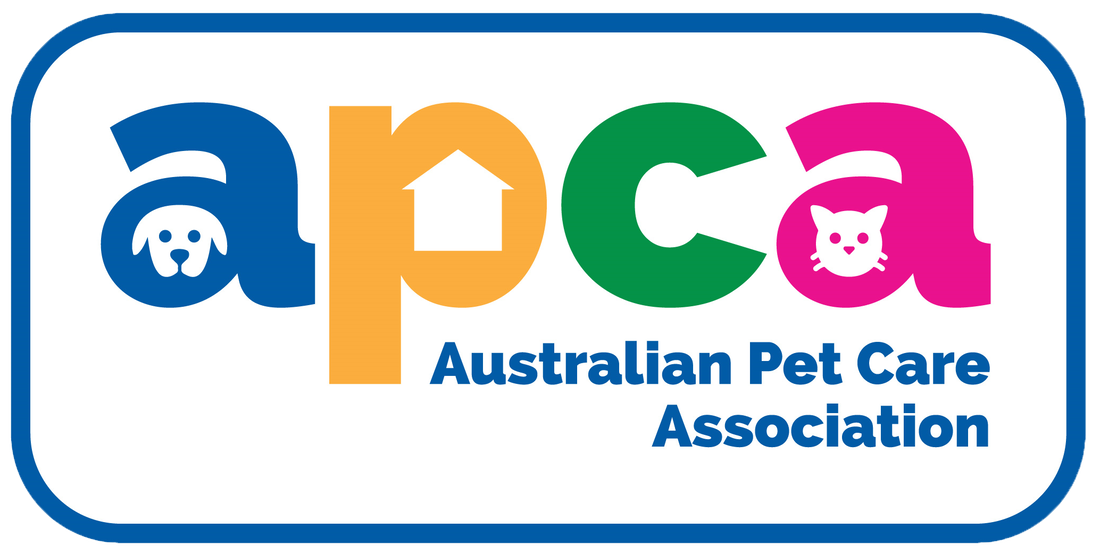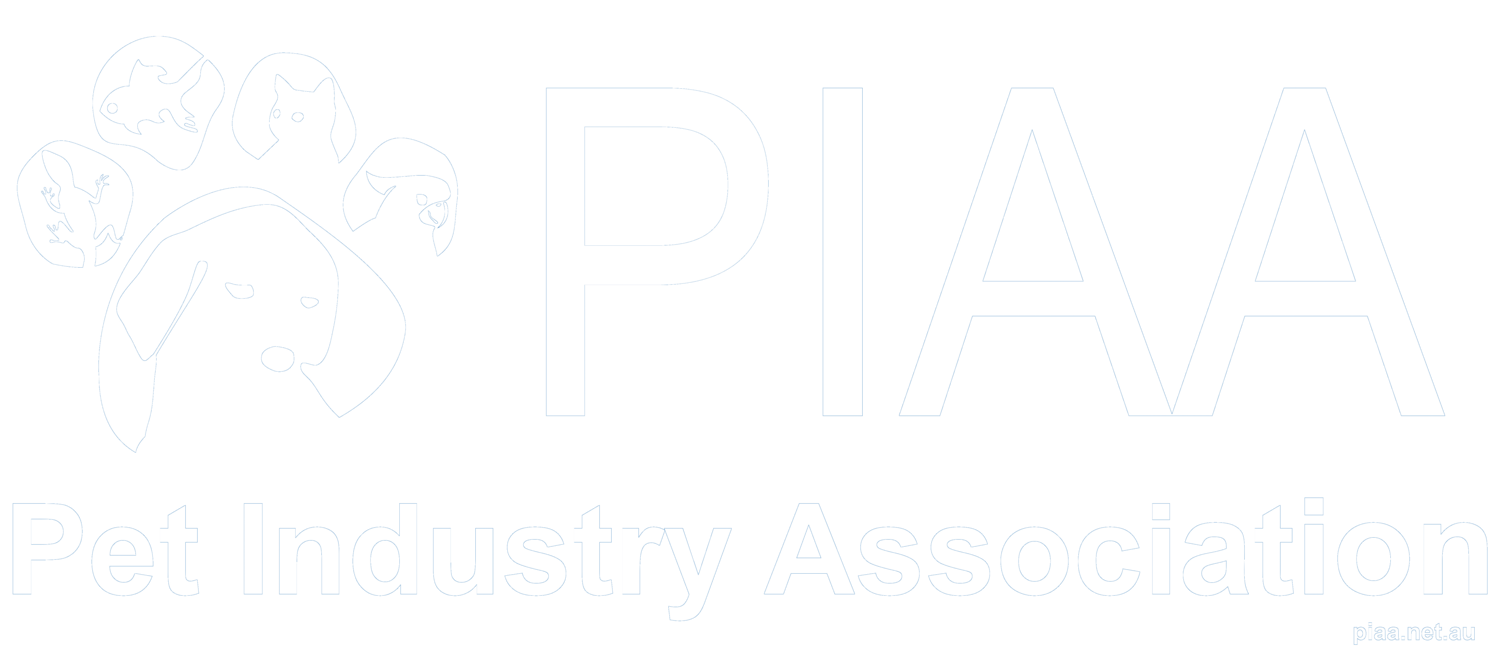|
The Chinese Crested was originally from Africa and known as the ‘African Hairless Terrier’ it wasn’t until they were taken about the Chinese trading ships, that would stop along the African shore lines, and used as vermin hunters that they were renamed the Chinese Crested and the name has remained ever since. They were also known to be used by the Aztecs as bed warmers and later used for a meat source too.
Today there are two very different varieties of Chinese Crested: Hairless (see Odin) can have a small amount of hair on their feet, head and tail but will remain hairless everywhere else on their body Powerderpuffs will have fur all over in a long, soft coat. Although very different in appearance, these are both the same breed of dog and are both now equally recognised by kennel clubs all around the world. The Hairless and Powderpuff can be born in the same litter and each Hairless dog carries one gene for Hairless and one for hair. Two hairless genes are fatal They are a rare breed and not too many are seen as pets in Australia. Between both varieties, their can be many colours of both skin and coat. These can include solid colours, mixed and spotted. As a breed, the Chinese Crested is a very loving, alert and agile dog. Their appearance, for the hairless especially, is always guaranteed to draw attention and they are always happy to take it, loving any affection. It is important to socialise them from a young age, to help build confidence and to ensure not to baby them as small dog syndrome can develop quickly. They are a breed that enjoys companionship so do not do well being left home alone for long periods of time. They enjoy the company of other dogs or humans as much as they can. Despite their lack of fur, the Hairless Chinese Crested is a very clean dog, omitting no doggie odour. They should be bathed as little as possible with their skin to be maintained with cream or oil as needed. They shed very little hair (as they don’t have too much to shed to begin with!) and are an ideal pet for allergy sufferers. Due to their long coat, the Powderpuff requires daily brushing and extra grooming during shedding times. Their undercoat can matt quickly if unattended to. They are a breed that can gain weight easily, so it’s important to control their diet. For the Hairless Chinese Crested, throughout the sunny months it’s important to protect their skin as they can get sunburnt. A good dog sunscreen should be used and also a thin material type dog shirt to cover most of their body.
0 Comments
The Papillon, also known as the Continental Toy Spaniel, is a small spaniel type dog originating from France & Belgium. Their history dates as far back as the 1500’s, using appearances in art to track when they first began to appear.
The name Papillon is actually the French word for “butterfly”, as their ears and long fringed hair on them appear like a butterfly. Papillons have a single-coated fur so they do well in the heat, however they tend to feel the cold! Their coats come in many different colours, some of which are white & black, white & Lemon, white & sable, tri colour, red, brown & white and fawn & white just to name a few. They are small dogs, weighing between 3 – 4 kilograms for the females and 3.5 – 4.5 kilograms for the males, standing no taller than 20 – 28 centimeters. The Papillon, has a life expectancy from anywhere between 12 – 15 years. Papillon’s are smart and social dogs, they love to play, are great with children and people in general, but benefit from being socialised very early on in life. They are very adventurous dogs with high energy levels that require plenty of mental and physical stimulation. But they are also very happy to snuggle up and be lap dogs too! Can you see one of these little guys fluttering into your life? The Chihuahua, easier to say then it is to spell, pronounced Chi-wah-wah, is the smallest breed of dog in the world.
This adorable little bundle of personality is native to Mexico, which is where their name came from, a state in Mexico called Chihuahua. As their history dates back so far, it is hard to trace what breeds came together to create the Chihuahua, however they were very popular with the upper class and were sacred to pre- Columbian Indian Nations. They were loved for their tiny size, the smaller the better, some Chihuahua lovers valued them higher if they were 1.3kg or smaller. Today this pint-sized little pooch is still loved for it’s tiny size but big personality. They weigh anywhere between 1kg – 3kg and come in a variety of colours, which can be solid or splashed, including black, white, fawn, silver, sable, tan and more. Grooming care is very easy for Chihuahua’s, ensure that nail clipping and brushing begins from a young age to avoid any issues later in life. Long haired Chihuahua’s should be brushed daily whilst short coats can be brushed weekly to remove any dead coat. Don’t let their little size fool you, the Chihuahua is an active dog who requires daily stimulation, both mental and physical. They do enjoy a play in a large, open contained space however take caution when socialising with larger breeds to avoid any physical injury to your Chihuahua. The Chihuahua’s small size can bring its own challenges, with little dog syndrome being an issue for the breed. This develops when no boundaries or rules are set for a dog, they believe they are the pack leader and can lead to behavioural issues. Chihuahua’s from a young age should be well socialised, in new environments with both people and other pets. Rules should be set and always followed, for example eating after the family has eaten, walking next to their owner not in front, coming onto the couch when invited etc. Dog’s are natural pack animals and look for leadership from their family. Providing this for any dog will help to keep a happy and natural balanced life for your dog and avoid any behavioural or social issues down the track. The Chihuahua is perfect for singles, couple and families. If well socialised and exposed to new situations from a young age they can be a very confident, friendly little dog. The Black Russian Terrier, also known as the Chornyi Terrier is a breed created back in the late 1940’s -1950’s to be used by the military. This breed, whilst not a true Terrier, was developed by the USSR and it is believed that up to 17 different breeds were used to create the BRT, some of which are believed to be the Airedale, Rottweiler, Newfoundland and Giant Schnauzer.
Black Russian Terriers were bred solely by the Red Star Kennel in Moscow until 1957 when some puppies were sold to civilian breeders. It wasn’t until 1996 that the Black Russian Terrier was introduced to the UK as a breed, and were finally added to the Kennel Club’s Import Register in 1998. Black Russian Terriers are tall, the males standing at up to 76cm and the females up to around 72cm. The males weigh between 50 – 60kgs and the females between 45 – 50kgs. They have a beautiful double coat, with a course outer coat protecting their soft undercoat. Their coats are black and sometimes have flecks of grey. The Black Russian Terriers are generally a healthy dog with a lifespan of approximately 10 – 14 years, however they are prone to some hereditary diseases such as, Hip & Elbow Dysplasia, Hyperuricosuria, Laryngeal Paralysis and Polyneuropathy. The Black Russian Terrier has a beautiful temperament, they are very calm and confident. They are very intelligent which enables them to be trained easily. They are protective therefore do not like strangers in their personal space, but they are deeply loyal to their family and are very determined and somewhat fearless. As they are bred as working dogs, the Black Russian Terrier needs to be kept busy with lots of regular exercise and training from an early age. The BRT does great in activities such as Obedience Competitions and Agility, and if they don’t get the stimulation that they need, can become destructive. All in all, the BRT is a loyal dog who loves their human companion and is great with children, with plenty of exercise and training make a great family member! There are two types of Cocker Spaniel. The English and American. Our lucky Dog of the Month, Billie our Cocker Spaniel mix is of the English descent.
The English Cocker Spaniel is one of the oldest spaniels known. Centuries ago when Spaniels were used as working dogs in England, the varying breeds were divided up into 7 different breeds:
Being a Spaniel, Cockers are great gun hunting dogs and are able to work through tough grounds, both wet and dry. They are very gentle whilst working and are great at flushing and retrieving for their human. The name ‘Cocker’ comes from the bird called a ‘Woodcock’, a type of bird this breed was very well known for flushing out. The English Cocker Spaniel is a compact, medium sized dog. They come in a variety of colours including solid and multi colours consisting of black, liver, red and white. They can also be seen in ‘roan’ variations, known as ‘parti colour’ Professional and regular grooming is a must for the Cocker Spaniel. Their long ears and feathers love to pick up anything from along the ground they can and can hold a lot of water during the cooler months. Due to thick fur on their ears they can be prone to infections and also holding grass seeds. The Cocker Spaniel today is a lovable little dog that loves to be part of the family. If socialised well from a young age they love to be around other dogs. Being working dogs they are a breed that requires plenty of exercise to keep both their mind busy and avoid unnecessary weight gain. The average life expectancy of a healthy Cocker Spaniel is 12 – 15 years. Although an exact origin is unknown, Beagles are believed to have originated in 15th Century England, initially utilised as a hunting dog for small animals such as rabbits, fox or pheasant. The word “Beagle” translates in middle French to “noisy/loudmouth” which is fitting, as Beagles are known to be extremely vocal and energetic. Beagles are naturally very friendly and enjoy being part of a family or pack, getting on well with both children and other dogs. Today, Beagles are commonly used in law enforcement, putting their nose to work in order to detect drugs, explosives and illegal imports at airports all around the world.
Beagles are a small to medium sized dog, weighing in at between 9-11kg. There are two recognised size classes of Beagles, between 13-15 inches and under 13 inches tall. Beagles have a smooth short-haired coat and require minimal grooming. An occasional brush is necessary as they are moderate shedders, as well as frequent ear-checks to prevent any signs of infection. Beagles come in a variety of colours, including lemon, tri-colour and orange and white. Cheerful, curious and determined, Beagles are very sweet and gentle dogs. Despite this, they can be very independent and require firm consistent training to avoid behavioural problems. Their keen intellect means that once they have their sights (or nose) set on something, they can stubbornly pursue it. Beagles can be suited to apartment-living so long as they are exercised frequently; however, access to a fenced small yard is preferable. Due to their active and inquisitive nature, Beagles need plenty of exercise to avoid becoming destructive. As a scent-hound, Beagles will follow their noses no matter where it leads them, so on-lead walks are a must. In the right environment, a Beagle will make a social, brave and highly intelligent addition to any family. The average life expectancy of a Beagle is between 12-15 years. The Bichon Frise’ (pronounced Bee-SHON Free-ZAY) is a small dog, and very similar looking to a Poodle. Whilst they are recognised as a French dog, the Bichon actually originated from Spain’s Canary Islands. They weren’t introduced into Australia until 1976 and the first litter was registered in March of 1977.
Bichon's are ancestors of the Barbet (Water Spaniel), which they were named after, originally referred to as Barbichon, and later shortened to just Bichon, which is French for “Lap Dog”. They spent many years as sailing dogs, keeping sailors company whilst at sea, however were used for bartering, where eventually they Bichon’s are small dogs, that weigh no more than 10kg, and stand at around 23 – 30cms tall. They are feisty (but not yappy) yet affectionate, playful but gentle, and cheerful yet sensitive. They have a curly white coat, (Bichon is French for curly), and dark round eyes and a little black nose. Whilst they are small, they are sturdy little dogs. Their coats whilst curly do not shed, so are great for those who suffer from allergies. Bichons are playful and love company; however, they do not need excessive exercise. They are friendly and get along well with other dogs and make for excellent guard dogs. The Bichon is notoriously difficult to house train, so it may take some time and patience to teach them where to toilet, however they are very competent and with time can be taught most things – being a breed that thrives in the show ring for both breed and trick competitions. Being a small dog with a big personality they are at risk of ‘little dog syndrome’ so thrive on having a calm, assertive pack leader. They love being part of the family however need their boundaries, otherwise can take over very quickly. With the right time and training, the Bichon Frise’ will quickly become a stable minded, loving, trust-worthy family member. There are in fact two different types of Labrador; the English and the American. Their general appearance is quite different with the English bred Labradors being heavier and stockier and the Americans being taller and lanky. Both types of Labradors have a smooth double coat that does not have any waves. Their coat colours come in a solid black, yellow or chocolate. It’s believed there is also a rare mutation of a silver/grey colour which the AKC consider a ‘shade of chocolate’, it’s quite a controversial subject between Labrador breeders and some claim it’s a Weimaraner, Labrador cross, though others say it’s a true mutation.
The Labrador is native to the Newfoundland and were once known as the ‘St.John’s Dogs’. It was here they worked side by side with their fisherman and would catch any fish that became loose from the lines. They were trained to jump into the extremely cold waters to help pull in the nets. In the 1800’s some of them were brought over to England on ships coming from Labrador (hence their name). They were cross bred with setters, spaniels and other similar retrievers to improve their instincts as hunters. It didn’t take long for them to become an extremely popular pet and hunting dog and they’ve gradually become one of the most popular breeds throughout the U.S and Australia. The Labrador is a highly intelligent, trainable breed. They are well known today for their work as Seeing Eye Dogs, Guide Dogs and sniffer dogs throughout the police force and airport work. Their loving nature and eagerness to please is the reason they are such a great family pet. Unfortunately, for some people it’s easy to forget that these bouncy bundles of joy are a working dog, meaning they need constant daily stimulation, both physically and mentally. They can easily put on weight if over fed and under exercised and are prone to hip and elbow displacer. It’s highly important that their weight is kept at a healthy level from the early stages of life to prevent these issues further down the track. An overweight Labrador lives a shorter and unhealthier life then healthy weight Labrador. As working dogs their minds are always on the go, for this reason plenty of mental stimulation is a must! Training must be started from a young age to assert that you are the pack leader. Labrador’s can grow into large, solid dogs and while jumping all over everyone may be cute as a pup, as they continue to grow this can become very unwelcoming. A dog jumping on you is also their way of showing dominance and means your dog doesn’t see you as the pack leader. Their natural line of work shines through when it comes to water play, Labradors just love it! They love to be a part of a family and are excellent with children and other dogs. They fit well into any environment as long as they can get plenty of human attention, exercise and stimulation. They are an average shedder and their short, double coat is easy to groom. Brushed regularly and bathed only when needed will help to keep it easily maintained. The Dachshund, pronounced “dak -sund” also known as the Sausage Dog or Weiner Dog, is a small dog, with short legs and a long body. The name Dachshund is of German orient and means “Badger Dog”.
Dachshunds originated in Germany and were used to hunt badgers and other burrowing animals like rabbits. Their short legs, long snouts and deep chests enabled them to run fast, and have plenty of stamina whilst hunting. Dachshunds also have quite loose skin, to ensure that they didn’t tear their skin whilst tunnelling in constricted burrows. Dachshunds come in three different sizes, standard, miniature and rabbit, however the “rabbit” size is not recognised in some countries. They have three different types of coats, the shorthaired, longhaired or wirehaired. The Dachshunds coats come in many different colours, 15 to be exact! Some of them are Red, Black & Tan, Chocolate, Dapple, Sable and Fawn to name a few. The first sign of a Dachshund traces all the way back to ancient Egypt where there have been etchings found of short legged hunting dogs, and up until recently when this was just a myth, there have now been mummified Dachshund like dogs found in burial urns. Dachshunds are a traditionally viewed as the symbol of Germany, and were frequently used in propaganda during WWI and WWII, causing their popularity to drop dramatically. In 1972 at the Munich Games, the Dachshund became the first ever Olympic Mascot, his name was Waldi, and the route for the marathon event was even designed to resemble Waldi. Health wise, the Dachshund are prone to back injuries due to their long spine and short ribcage. Dachshunds should not jump on and off furniture and their weight should be well maintained to ensure that these injuries are less likely to occur. Dachshunds are lovely, loyal dogs, they are playful but can at times be known to be stubborn, and can be known to be aggressive towards strangers. Despite their small stature they are very courageous and will take on animals that are much bigger than they are! A Dachshund owner needs to be firm and persistent when it comes to their training. Dachshunds are recommended for families with older children, who can assist in the training and keeping the “pack mentality” going. With the correct leadership they will get along well with children and other pets. If you think a Dachshund would make the perfect pet for you and your family, you will not regret it, they are truly wonderful companions. The Corgi is a small breed dog which originates from Wales in the United Kingdom.
Initially bred for herding, they are the smallest of the herding breeds that were normally used to herd horses, cattle, and sheep. The name Corgi originated from the Welsh words “cor” meaning dwarf and “gi” meaning dog and are closely related to the Siberian Husky. Whilst Corgis are small, they are very fast runners and need regular exercise. There are two different breeds of Corgis, the Cardigan Corgi and the Pembroke Welsh Corgi, and it wasn’t up until the 1930’s that they were recognized as separate breeds, the Pembroke being the most popular of the two breeds. The Cardigan is the bigger of the two breeds, however over the years, due to interbreeding, they have become quite similar in appearance. Corgis have long bodies, short legs, and thick coat to keep them warm. Some Corgis are even born without tails. The corgis coats can be seen in many different colours such as, Fawn, Black & Tan, Sable and Red and can have white markings. Corgis are the favoured pet of Queen Elizabeth II, who has owned more than 30 since getting her very first, Susan, in 1944- as an 18th birthday gift! Corgis have very loving personalities and love to please their owners! They are intelligent and very easy to train! If you are looking for a small, but spirited and faithful dog to be a part of your family, the Corgi may be just what you are looking for! |
ARCHIVES
July 2022
CATEGORIES
All
|

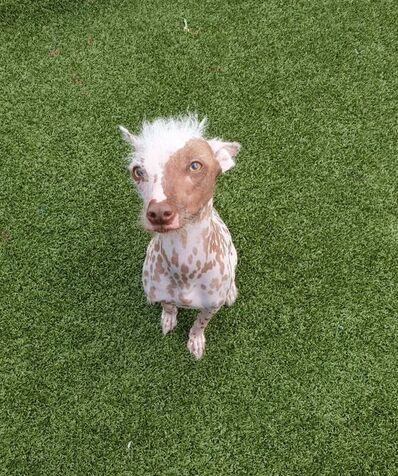
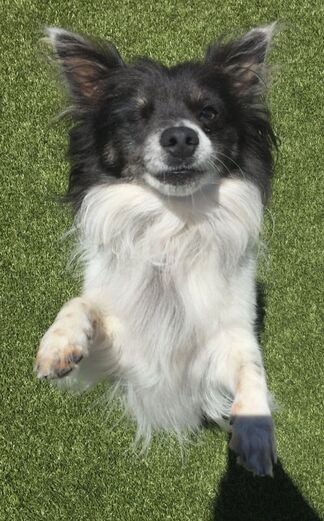
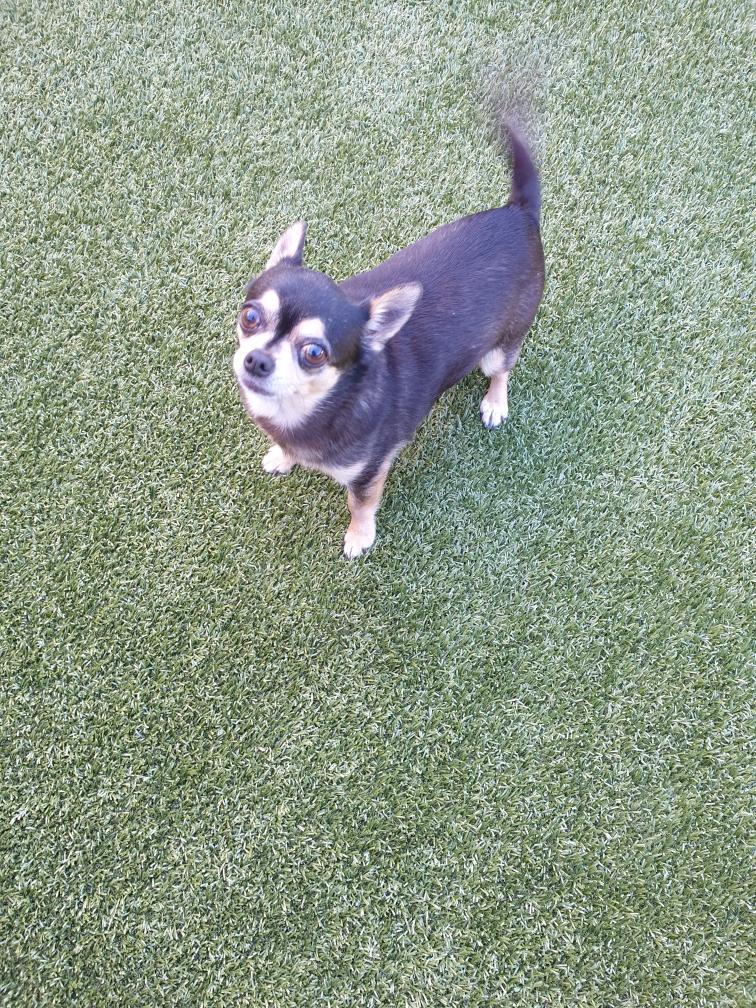
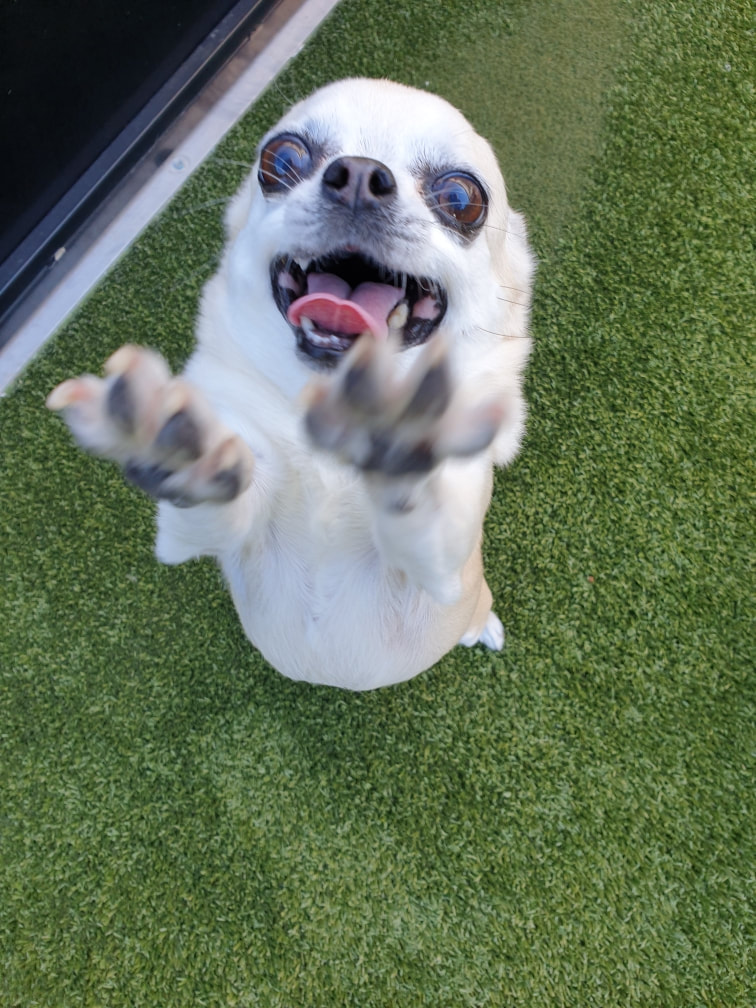
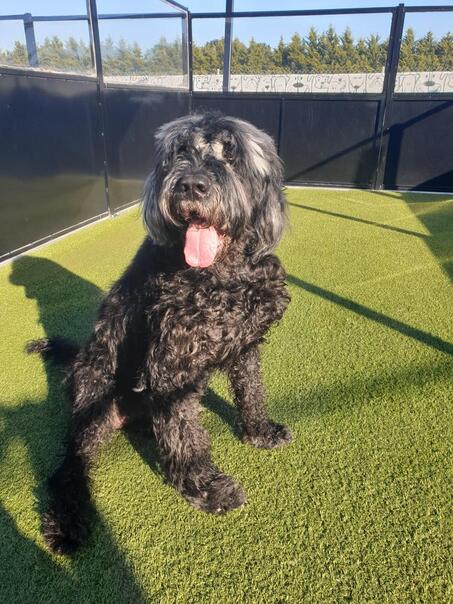
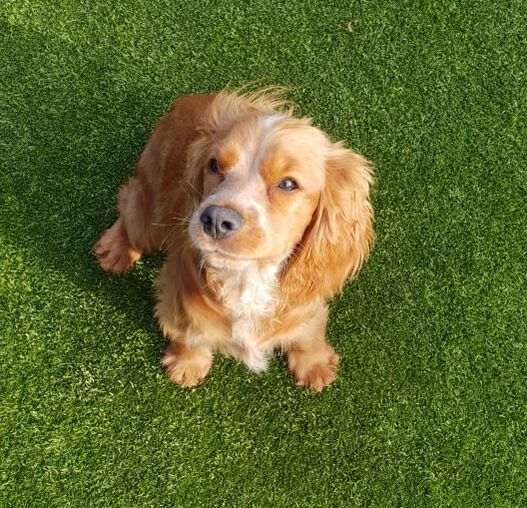
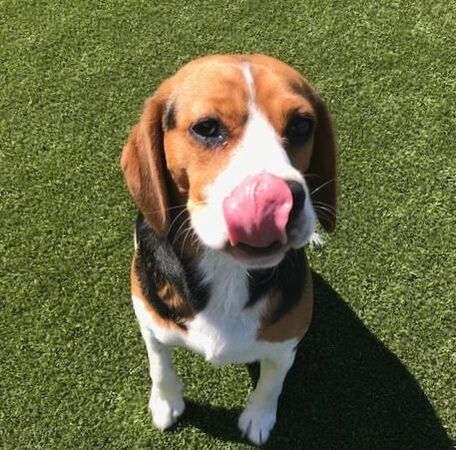

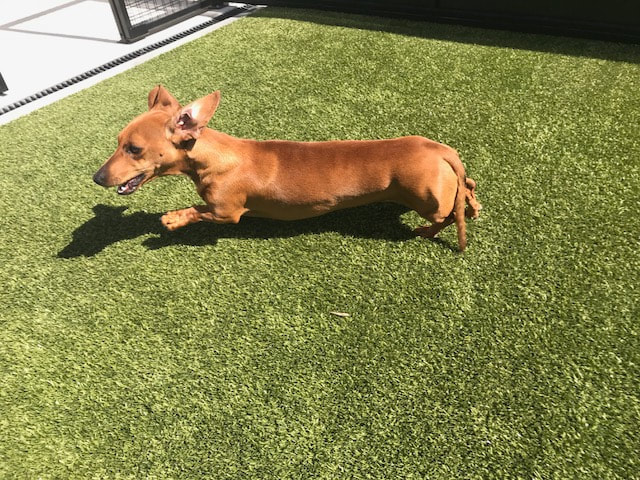
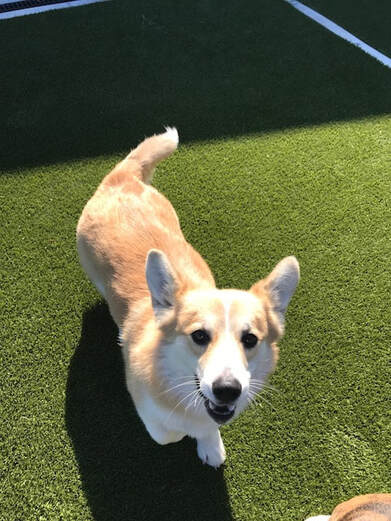
 RSS Feed
RSS Feed
